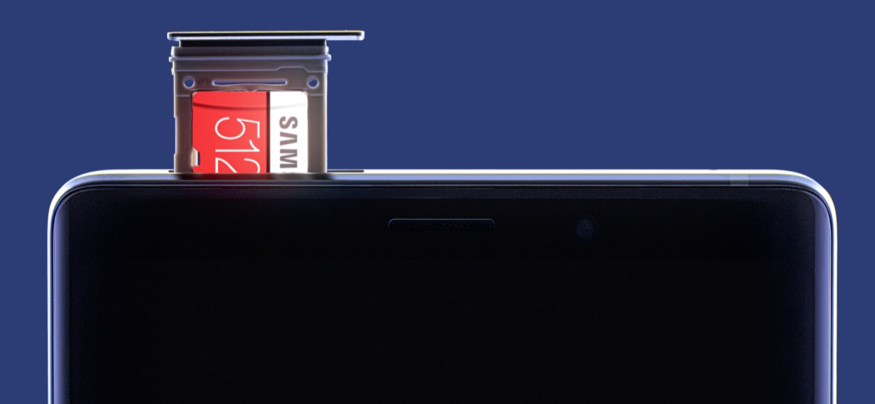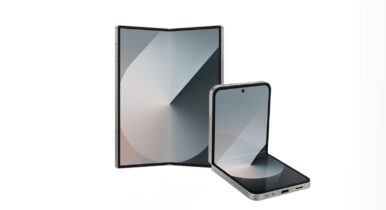How much storage do you really need on a smartphone today? Short answer: quite a lot.
It’s not that we’ve all become digital hoarders — our storage needs are spiraling as a greater amount of our work is done on mobile, and the increasing pace of business requires that we’re able to access it at a moment’s notice.
Today the average smartphone user has more than 90 apps installed, with some — particularly games — topping 100MB in size. But more than the apps, it is the photos, videos and other high-resolution visual content that really put a strain on mobile storage capacity. Just one minute of 4K, 60fps video captured on your phone requires 300-400MB of storage. We’re also watching and downloading more high-res videos — whether video training modules, sales tools or the latest shows from Netflix. Audiophiles are demanding better-sounding, less compressed music, while the number of long-form podcast bingers keeps growing.
According to a Droid-Life poll, 50 percent of users had run out of storage on their phone, while 21 percent had come close. And that was in 2016. The situation’s even more dire today, which is why 71 percent of users polled by AndroidPit earlier this year said they needed at least 64GB of storage, while 33 percent wanted 128GB or more.
Vlad Savov of The Verge is in the latter camp. Headlining his recent article with “64GB phones aren’t big enough for me anymore,” he summed up his ever-expanding storage needs, declaring, “if you’re buying the latest and greatest processor, you owe it to yourself to max out the storage as well.”
Samsung listened to Savov and other users. With the Galaxy Note9, they’re delivering a standard 128GB of storage, with a second configuration that comes with 512GB. Both models have a microSD slot that allows storage to be expanded further. With the recent announcement of 512GB microSD cards, this makes the Note9 the first terabyte-ready smartphone.
Maximizing Your Storage
If you aren’t yet ready for an upgrade, there are a number of ways you can extend the smartphone storage you do have.
- Go to the cloud. Cloud storage services, both free or paid, are a smart way to supplement on-board storage and enable shared access. For personal content, create policies to offload photos and videos to the Samsung Cloud (15GB free with every Samsung account), Google Photos/Google Drive or other services.
- Clean house. Make sure you take time to do a periodic spring cleaning — and this should be done more than once a year! The Get More Space feature in Samsung’s My Files app will intelligently identify unneeded files and then help you delete them.
- Clear that cache. You can also clear your app cache, which can get cluttered over time from many apps, especially streaming music services. For up-to-date Android smartphones, you can clear your cache one of two ways. To clear your entire cache, go to Settings > Device Maintenance > Storage. To clear the cache of an individual app, go to Settings > Apps > (App Name) > Storage and then click on Clear Data or Clear Cache. Note: Clearing these can wipe out settings, saved passwords and more, so be careful.
- DeX and delete. You might already be familiar with the Samsung DeX platform available on phones such as the Galaxy S8/S8+, Galaxy S9/S9+, Note8 and Note9. DeX is a handy way to turn any monitor into a productive workspace, letting you lose the laptop and travel lighter. But when your phone become your primary desktop computing device too, it’s inevitable you’ll store more files. You can manage those files easily when you boot up DeX, with a desktop-like UI in which you can easily drag, drop and delete apps, folders and files.
- Limit the size of photos and videos. HDR, 4K and 60fps are wonderous advances, but not every clip or shot deserves or even needs that treatment. For instance, photos and videos shot outdoors in bright light will like1ly already be very sharp. Consider changing your default settings to 1080p, 30fps and higher compression, then crank up the sharpness only for special occasions.
The next time you choose a smartphone, make sure internal storage and external expandability are on your checklist. Otherwise, you’ll need to actively manage your storage using tips like the ones above.
Learn more about how the Galaxy Note9 opens your business to what’s next, now.







